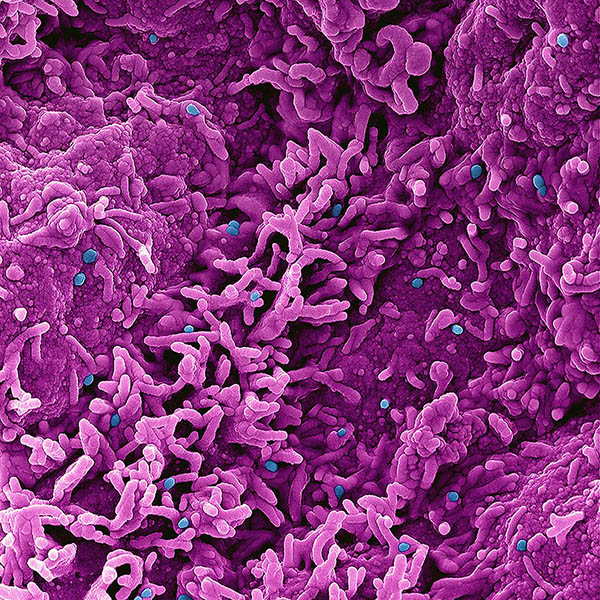IRP scientists develop mouse model to study mpox virulence
Scientists from the National Institute of Allergy and Infectious Diseases (NIAID), part of the National Institutes of Health have removed a major roadblock to better understanding of mpox (formerly, monkeypox). They developed a mouse model of the disease and used it to demonstrate clear differences in virulence among the major genetic groups (clades) of mpox virus (MPXV). The research, appearing in Proceedings of the National Academy of Science, was led by Bernard Moss, M.D., Ph.D., chief of the Genetic Engineering Section of NIAID’s Laboratory of Viral Diseases.
Historically, mpox, a disease resembling smallpox, was only occasionally transmitted from rodents to non-human primates or people and was observed primarily in several African countries. Mpox rarely spread from person to person. That pattern changed in 2022 with an outbreak in which person-to-person mpox transmission occurred in more than 100 locations worldwide. To date, more than 80,000 cases of mpox have been diagnosed during this outbreak. Genome sequencing revealed that the strain causing the current outbreak, clade IIb, differs from two historic clades; clade I, which has a mortality rate of up to 10%, and clade IIa, which has a mortality rate of less than 1%. Mortality from Clade IIb MPXV is lower than either of the historic clades

Colorized scanning electron micrograph of monkeypox virus (blue) on the surface of infected VERO E6 cells (pink).
This page was last updated on Wednesday, February 15, 2023